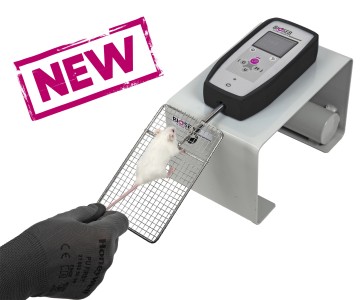Authors
T Bae, J Jang, H Lee, J Song, S Chae, et al
Lab
Department of Microbiology, Chung-Ang University College of Medicine, Seoul, 06974, Republic of Korea
Journal
Journal of Ethnopharmacology
Abstract
Aim of the study Cancer cachexia is a catabolic syndrome driven by inflammation and characterised by a loss of skeletal muscle. This study aimed to assess the effects of an ethanolic extract of Radix Paeoniae (RP) on cancer cachexia and elucidate its mechanism of action.
Material and methods The anti-cachexic effect and mechanism of RP were examined in mouse models of cancer cachexia established in C57BL/6 mice by subcutaneously injecting Lewis lung carcinoma or MC38 colon carcinoma cells. Skeletal muscle tissues were analysed by RNAseq, real-time quantitative reverse transcription PCR, western blotting, and immunofluorescence microscopy. Megestrol acetate, which is recommended for the treatment of cachexia in cancer patients, was used as the comparator treatment in this study.
Results In lung and colon cancer-bearing mice, RP significantly restored food intake and muscle mass, along with muscle function measured by grip strength and treadmill running time. In the skeletal muscle tissue of the cancer-bearing mice, RP suppressed NF-kappaB signalling and reduced inflammatory cytokines, including TNFalpha, IL-6, and IL-1beta; it also down-regulated the muscle-specific E3 ubiquitin ligases MuRF1 and MAFbx.
Conclusion RP restored skeletal muscle function and mass in cancer-bearing mice by down-regulating the muscular NF-kappaB signalling pathway and muscle-specific E3 ubiquitin ligases. Our study indicates that RP is a potential candidate for development as a therapeutic agent against cancer cachexia.
BIOSEB Instruments Used
Grip strength test (BIO-GS3)
Source :
https://www.sciencedirect.com/science/article/pii/S0378874119324900

 Pain - Thermal Allodynia / Hyperalgesia
Pain - Thermal Allodynia / Hyperalgesia Pain - Spontaneous Pain - Postural Deficit
Pain - Spontaneous Pain - Postural Deficit Pain - Mechanical Allodynia / Hyperalgesia
Pain - Mechanical Allodynia / Hyperalgesia Learning/Memory - Attention - Addiction
Learning/Memory - Attention - Addiction Physiology & Respiratory Research
Physiology & Respiratory Research











![Dynamic Weight Bearing 2.0 – Postural Module [Add-on]](https://bioseb.com/733-home_default/dynamic-weight-bearing-20-add-on-postural-module.jpg)
























 Pain
Pain Central Nervous System (CNS)
Central Nervous System (CNS) Neurodegeneration
Neurodegeneration Sensory system
Sensory system Motor control
Motor control Mood Disorders
Mood Disorders Other disorders
Other disorders Muscular system
Muscular system Joints
Joints Metabolism
Metabolism Cross-disciplinary subjects
Cross-disciplinary subjects CONFERENCES & MEETINGS
CONFERENCES & MEETINGS 